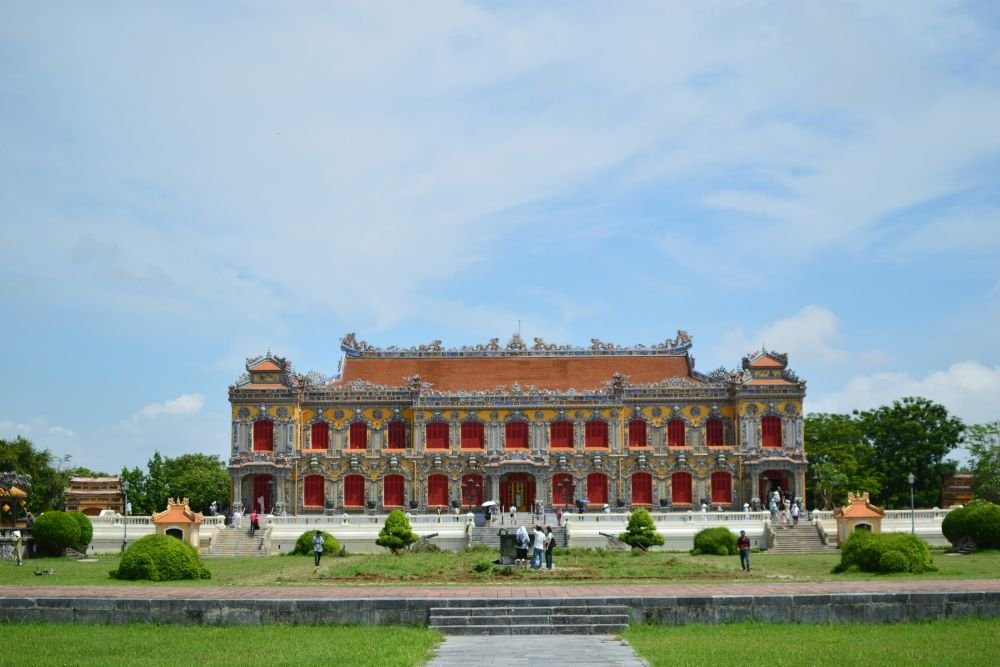The Lingering French Influence on Vietnam: A Haunting Perfume of Colonial Legacy:

Vietnam’s French colonial past has left a lasting mark on its cities and landscapes. From grand architecture to charming cafes, traces of French influence remain everywhere. Many travelers overlook these hidden gems, but they offer a fascinating glimpse into history. Exploring these remnants transports visitors to a time when European elegance blended with Vietnamese traditions.
Elegant Architecture: A Blend of Cultures:
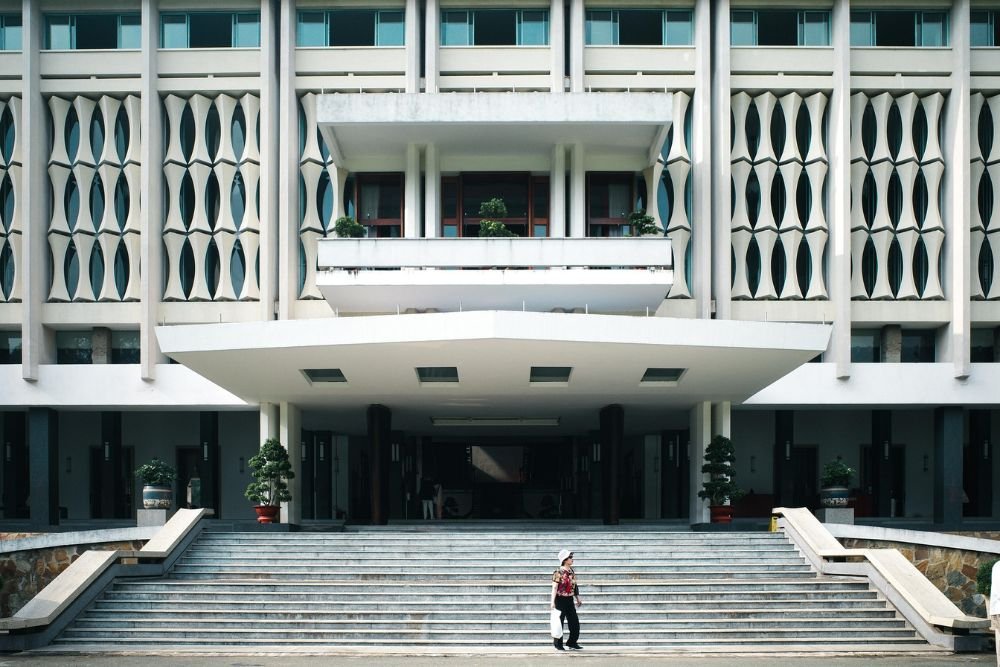
French colonial architecture is one of the most striking reminders of Vietnam’s past. The grand facades, intricate balconies, and arched windows tell stories of a bygone era. In Hanoi, the yellow-walled Presidential Palace stands as a fine example of French elegance. The Hanoi Opera House, inspired by the Palais Garnier in Paris, still hosts cultural performances today.
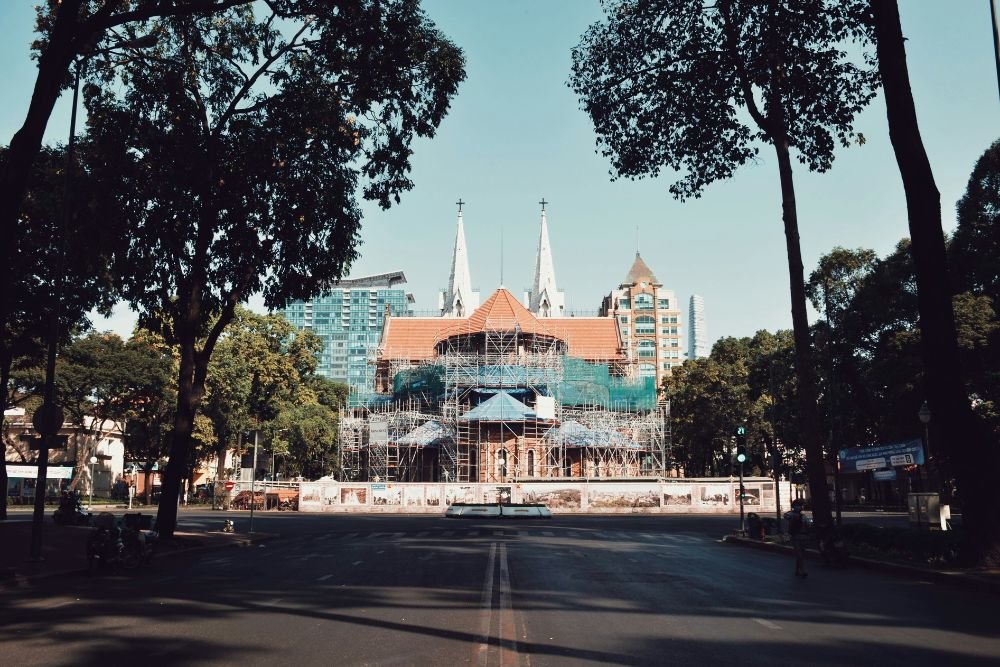
Ho Chi Minh City boasts another architectural masterpiece, the Saigon Central Post Office. Designed by Gustave Eiffel, this stunning building features vaulted ceilings and a vintage charm. Da Lat, a mountain town once favored by the French, is home to the iconic Da Lat Railway Station. These landmarks showcase a fusion of European sophistication and Vietnamese spirit.
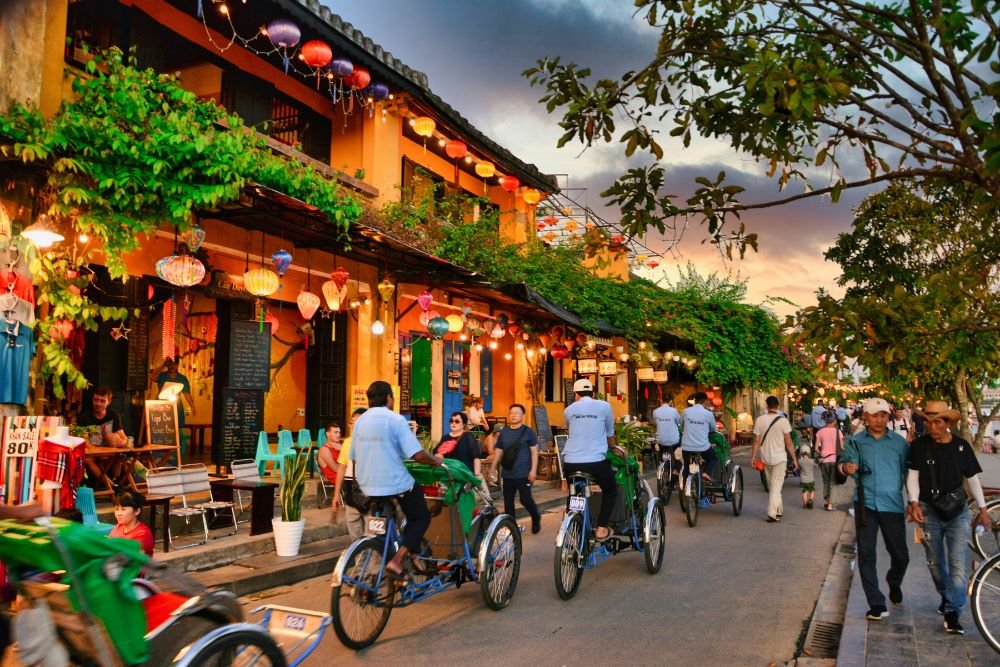
Charming Cafés: A Taste of France in Vietnam:
Vietnam’s coffee culture owes much to French influence. The introduction of coffee beans in the 19th century led to the country’s famous coffee traditions. Today, charming French-style cafés fill the streets of major cities. In Hanoi’s Old Quarter, hidden alleys lead to quaint cafés serving aromatic brews and buttery pastries.

Café de la Poste in Ho Chi Minh City transports visitors to colonial times with its vintage decor. Da Lat’s café scene, set against misty hills, offers a serene retreat for coffee lovers. Many cafés still serve French classics like croissants and baguettes, blending Vietnamese flavors with European flair. A visit to these cafés is like stepping into a different world.
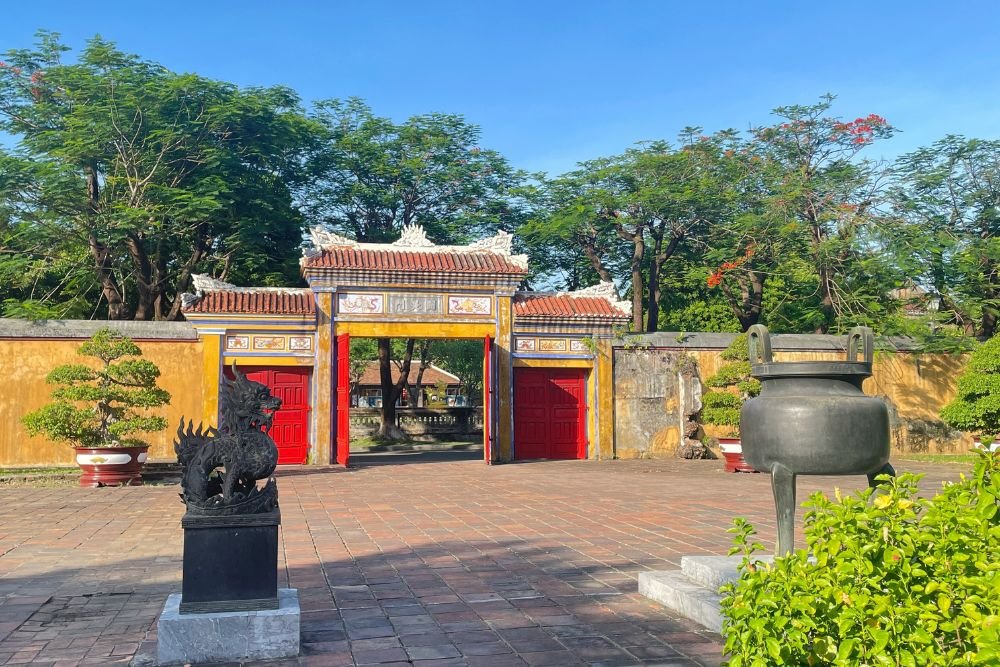
Historic Landmarks: Tracing Vietnam’s Colonial Past:
Beyond architecture and cafés, Vietnam’s historic landmarks reveal deep French influence. The Notre-Dame Cathedral Basilica of Saigon, built with imported French bricks, is a symbol of the colonial era. Nearby, the Independence Palace once served as the residence of the French governor.

Hue’s historic sites also hold traces of French rule. The colonial-era schools, railway stations, and administrative buildings in Da Nang reflect the European aesthetic. Even Vietnam’s rail network, including the famous Reunification Express, was developed during the colonial period. These landmarks serve as living reminders of the country’s complex past.
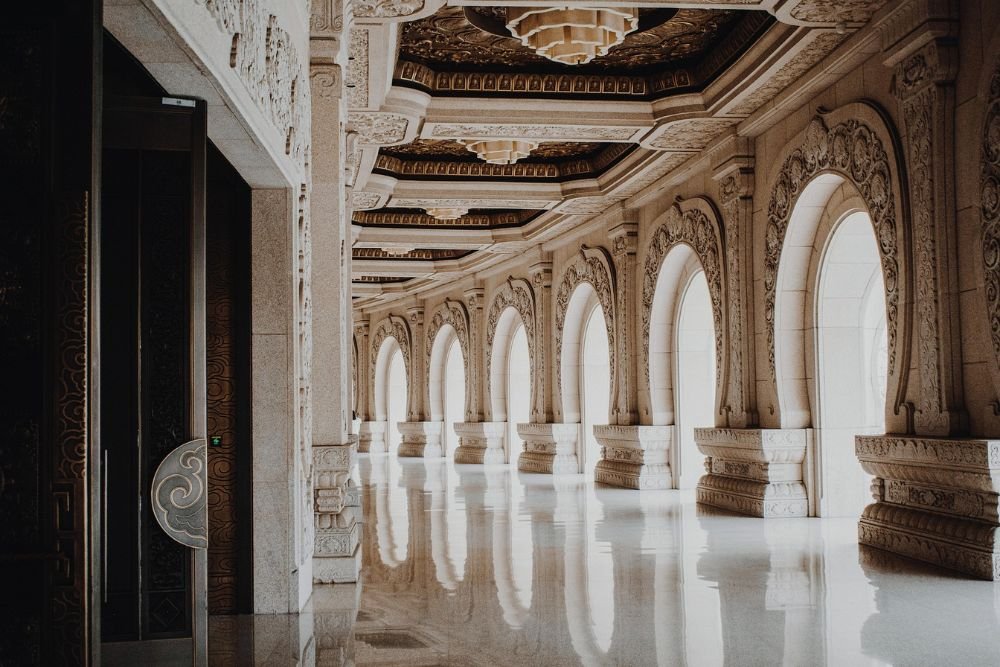
Why You Should Explore Vietnam’s French Colonial Heritage:
Vietnam’s French heritage is more than just a historical relic—it’s a living part of the culture. The fusion of French and Vietnamese influences has created a unique identity seen in architecture, food, and daily life. Walking through colonial districts feels like uncovering a hidden layer of Vietnam’s story. Every building, café, and street whispers tales of resilience, adaptation, and transformation.

If Vietnam is on your travel list, exploring these colonial gems should be a priority. The charm of Hanoi’s opera houses, the elegance of Saigon’s post office, and the warmth of Da Lat’s cafés make for an unforgettable journey. Don’t just read about history—step into it. Pack your bags and let Vietnam’s hidden colonial past enchant you!



